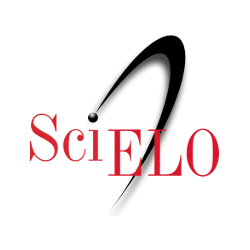Abstract
This work studies rock art as one of the main axes in the development of
the symbolic landscape of the Ramos River Valley in northern Durango by the
Chalchihuite culture around the year AD 1000. Accordingly, it analyzes how
this symbolic landscape fully reflects the Mesoamerican tradition by
embodying much of its symbolism. The creation of a cult to the hills and a
dual conception of the universe similar to that of the Postclassic cultures
of central Mexico are particularly noteworthy. This study also highlights
the contribution of the northern Chalchihuite to the Mesoamerican religious
symbolism of the Postclassic period.
Downloads
Download data is not yet available.


















